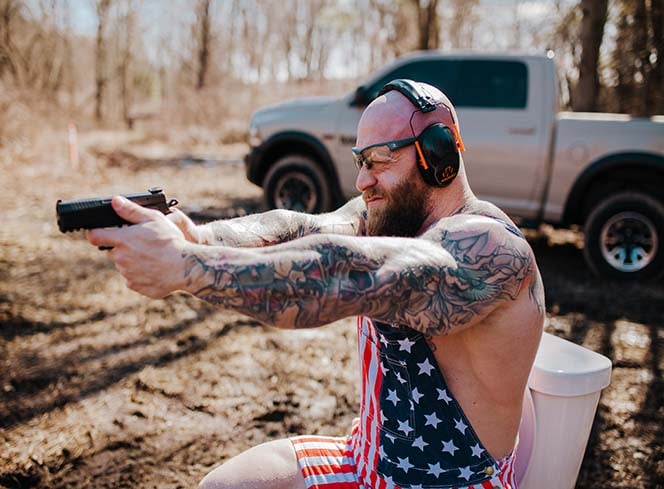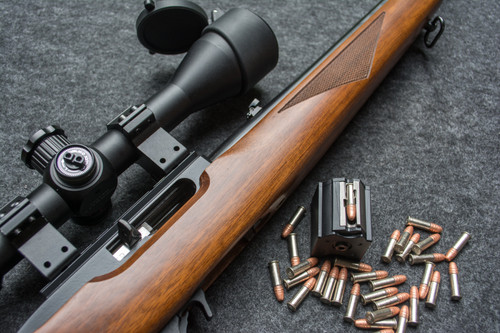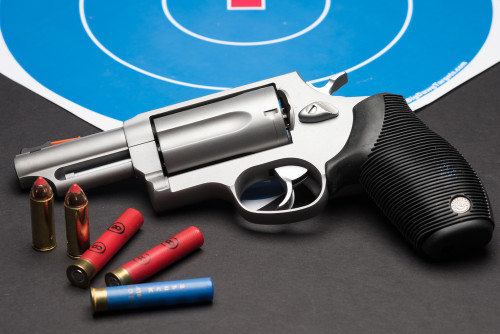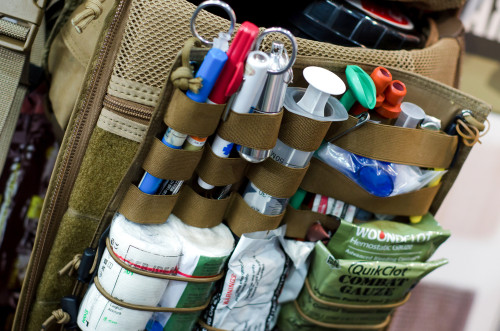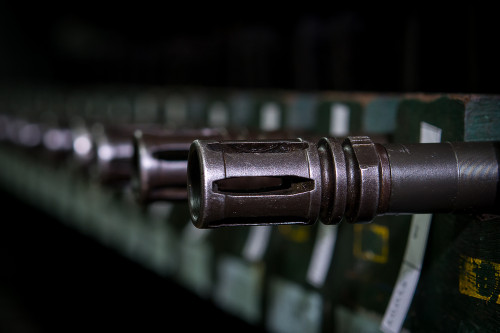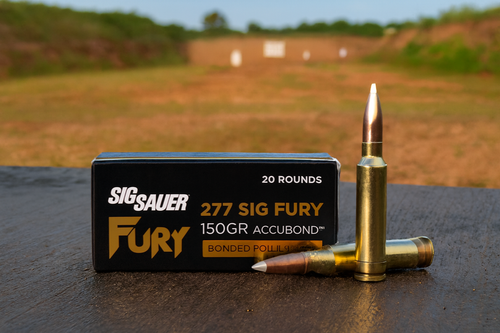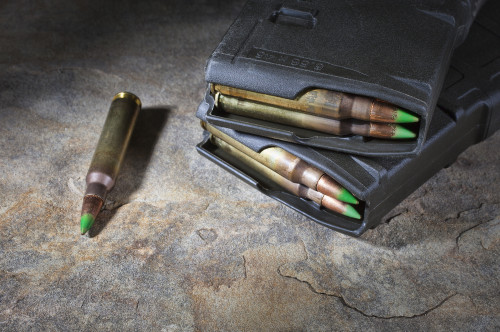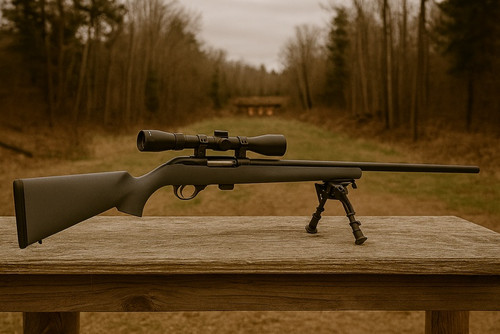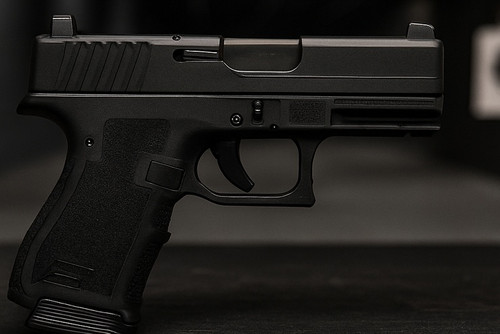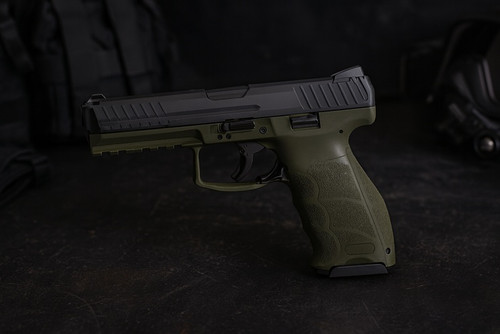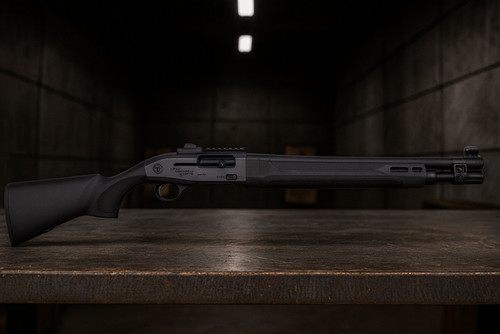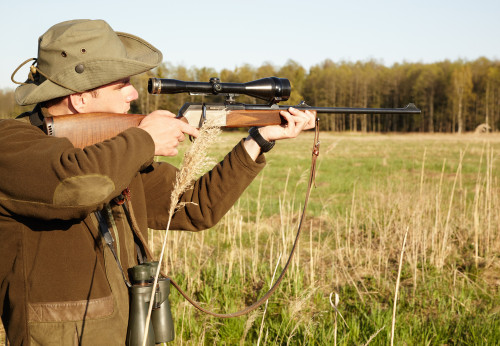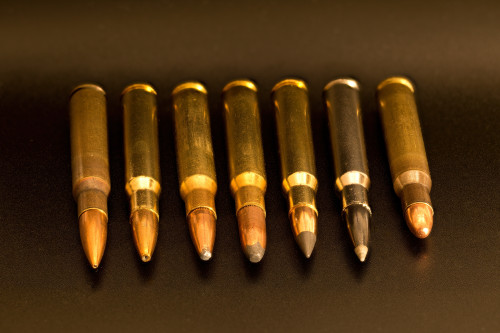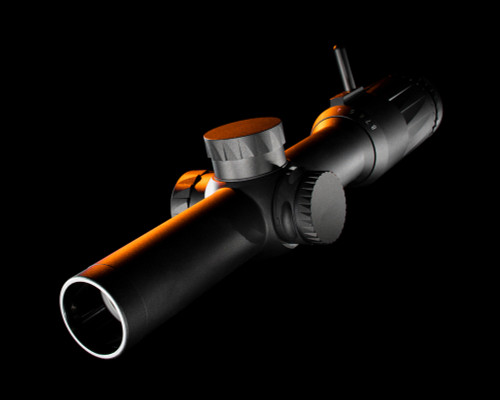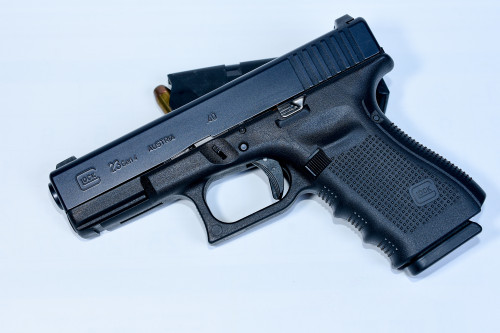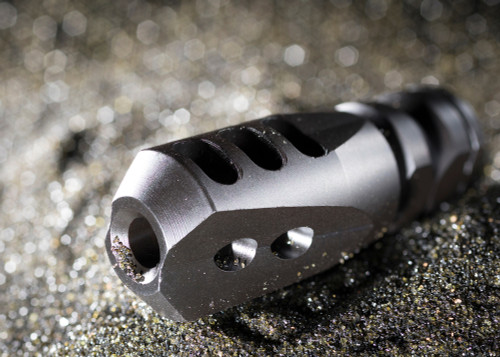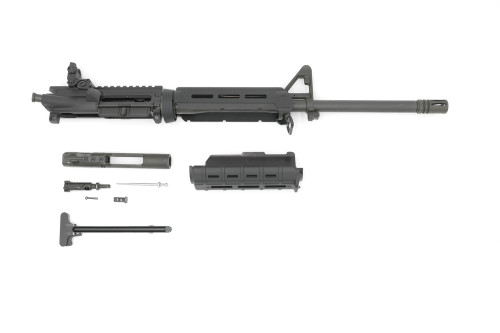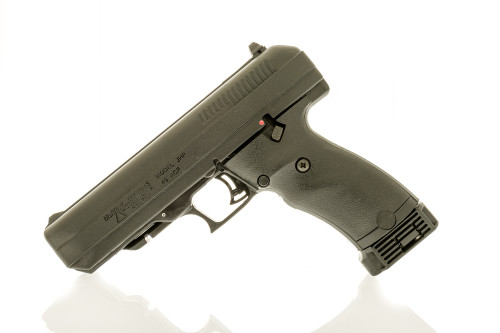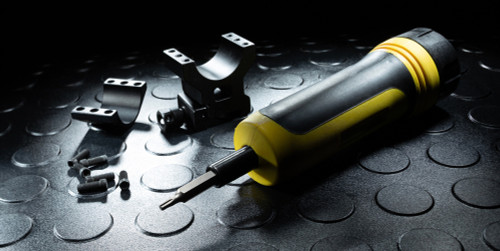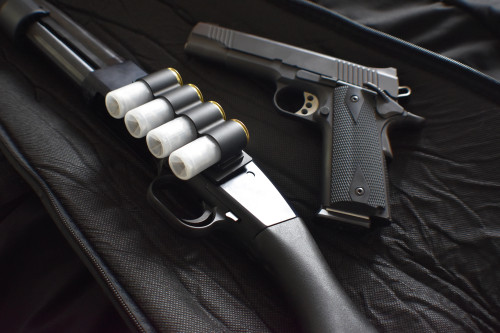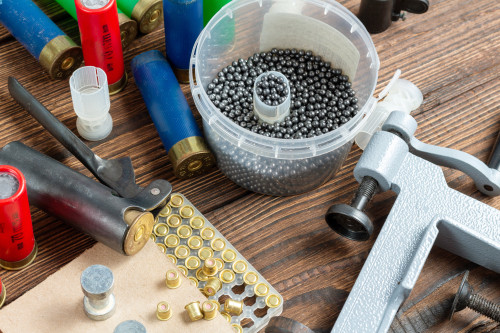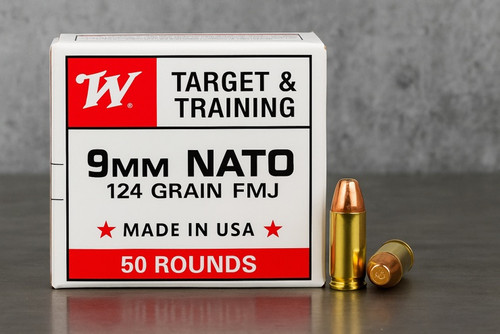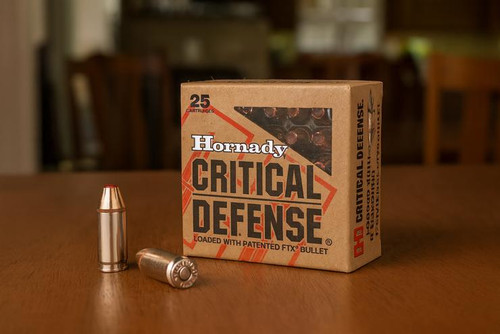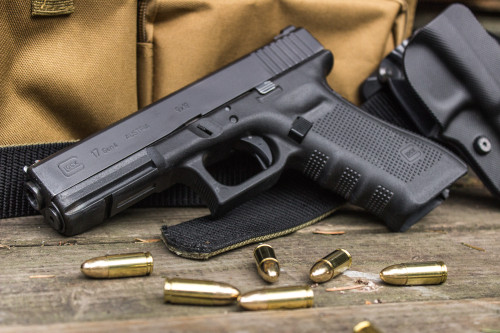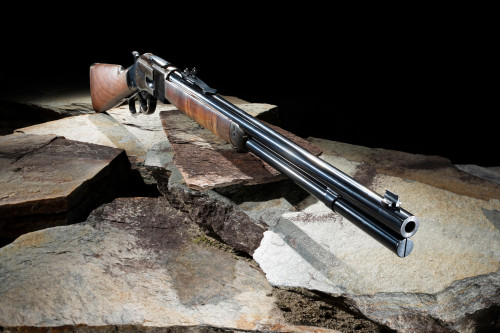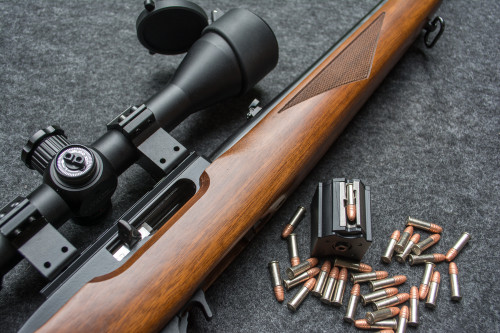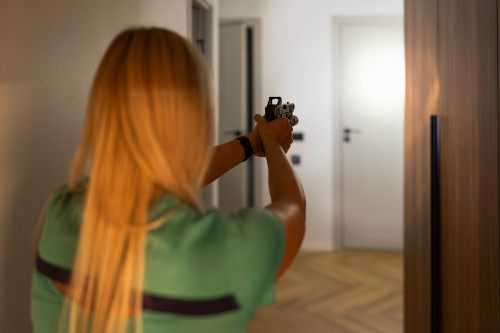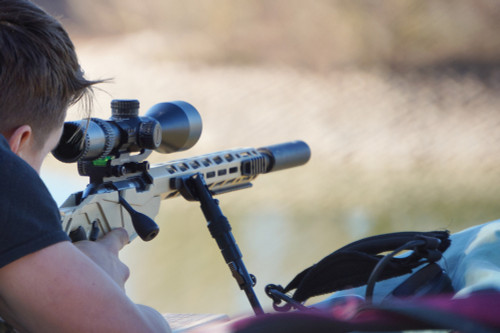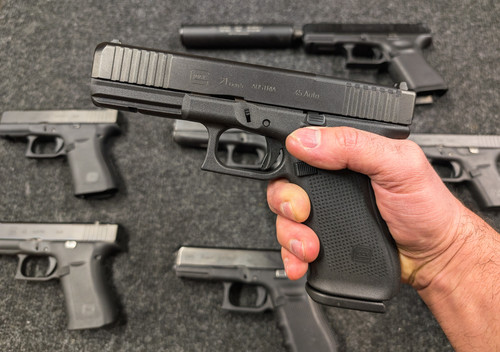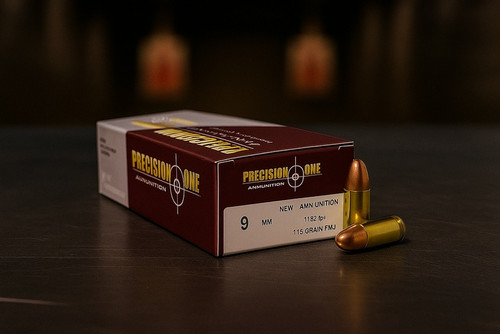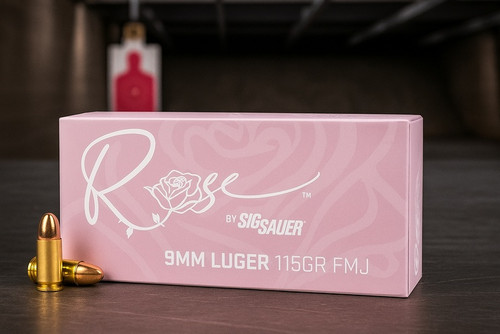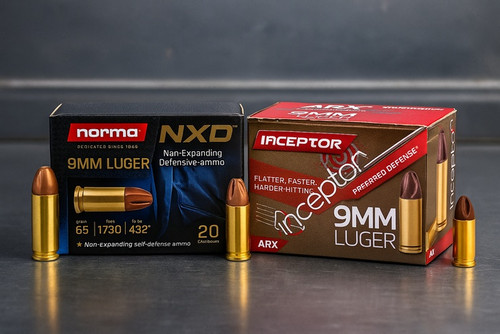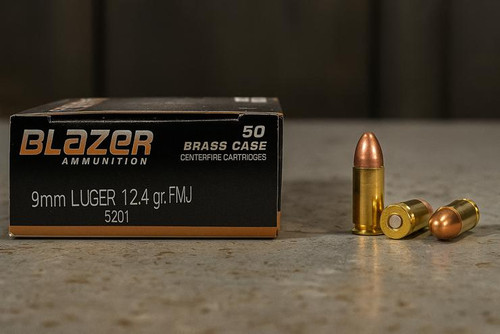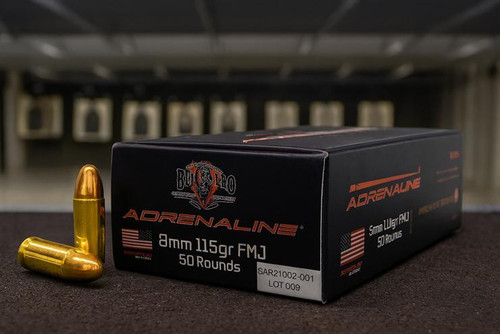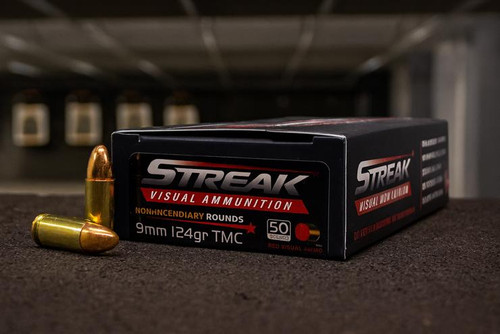Quick Answer
The best .380 ACP for defense balances proper expansion with 12–18 inches of penetration from short barrels. Top picks include Federal Hydra-Shok Deep 99gr, Hornady Critical Defense (FTX), SIG V-Crown, Speer Gold Dot, and Hornady American Gunner (XTP). For practice, choose clean, affordable FMJ like S&B, Magtech, Fiocchi, or PMC Bronze. Always test function in your carry pistol and follow appropriate safety protocols.
Key Takeaways
- Prioritize 12–18″ penetration with consistent expansion.
- Short barrels change velocity—test your gun.
- JHP for defense; FMJ for training only.
- Buy a case of your chosen carry load.
- Document lot numbers; rotate carry ammo annually.
A trainer handed me a pocket .380 and said, "Make it count." That day I learned why ammo choice matters more than caliber debates—especially when your barrel is under three inches. The tiny gun felt great in my pocket but demanded smart ammo selection to perform effectively.
How We Pick .380 Loads
The .380 ACP has been with us for more than 100 years, designed by John Browning around 1908 for a Colt pistol. Despite sharing the same .355-inch diameter bullet with 9mm, the .380 ACP case is smaller in diameter and shorter by .074 inch. It's also loaded to a much lower average pressure of 21,500 psi compared to 9mm's 35,000 psi. Published velocities are from longer test barrels (often 3.75–4"). Expect 100–150+ fps lower from 2.7–3.0" pocket barrels.
When selecting the best .380 loads, we focus on:
- Goal: Maximize short-barrel performance meeting the 12–18″ penetration guideline.
- Inputs: Peer-reviewed data, gel tests, manufacturer specs, and instructor feedback.
- Filters: Expansion uniformity, feed function, availability, and price per round.
- Reminder: .380 +P is not a SAAMI-approved specification—avoid overpressure loads.
For trajectory, energy, and penetration context on each load, see our detailed ballistics primer and 2025 viability analysis: .380 ACP Ammo Ballistics — Self-Defense, .380 ACP in 2025 — Still Ballistically Viable?
.380 ACP specs Comparison
| Model | Bullet | Case | Bullet Weight (gr) | Velocity (fps) |
|---|---|---|---|---|
| Hornady Critical Defense 90gr FTX | FTX polymer-tipped JHP | Nickel-plated brass | 90 | 1000 |
| SIG Sauer V-Crown 90gr JHP | JHP (V-Crown) | Nickel-plated brass | 90 | 980 |
| Speer Gold Dot 90gr GDHP | Gold Dot bonded GDHP | Nickel-plated brass | 90 | 1040 |
| Hornady American Gunner 90gr XTP | XTP JHP | Brass | 90 | 1000 |
| Sellier & Bellot 92gr FMJ | FMJ | Brass | 92 | 955 |
| Magtech 95gr FMJ | FMJ | Brass | 95 | 951 |
| Fiocchi 95gr FMJ | FMJ | Brass | 95 | 960 |
| PMC Bronze 90gr FMJ | FMJ | Brass | 90 | 961 |
Best .380 ACP for Self-Defense
Hornady Critical Defense 90gr FTX – Editor's Pick Defense Ammo
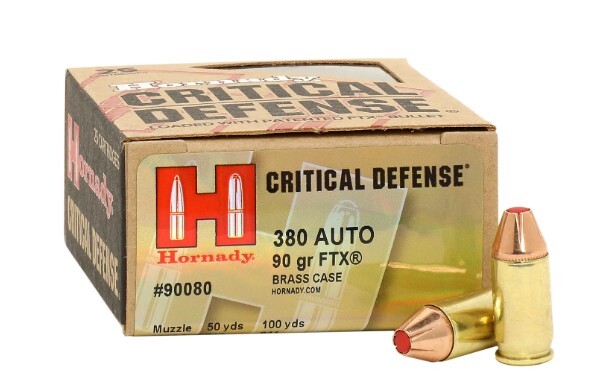
Hornady's Critical Defense line stands out in the .380 ACP world thanks to its polymer Flex Tip (FTX) technology. This clever design helps the bullet expand properly upon impact but prevents it from clogging with clothing or other barriers – a common issue with tiny .380 hollow points.
Tests from 3rd party users show this load delivers impressive results from short barrels, with penetration depth averaging ~9–12 inches, sometimes short of 12" in heavy clothing, but with reliable expansion. . That's right in the sweet spot for defensive performance from a compact pistol.
A nice bonus is that Hornady packages these rounds in boxes of 25 instead of the typical 20, giving you more bang for your buck. For folks carrying micro .380 pistols, this load consistently performs where others might struggle.
Price: $22/box of 25
Specs
- Bullet: FTX polymer-tipped JHP
- Case: Nickel-plated brass
- Bullet weight: 90 gr
- Published velocity: 1000 fps
Features
- Flex Tip to aid barrier performance
- Nickel case improves feeding in tiny pistols
- Well-documented gel performance
Pros
- Good penetration depth
- Strong and consistent expansion
- Value per box vs 20-count competitors
Cons
- Can sometimes be difficult to find
- Pricier than standard hollow points
SIG Sauer V-Crown 90gr JHP – Best Value Defense Ammo
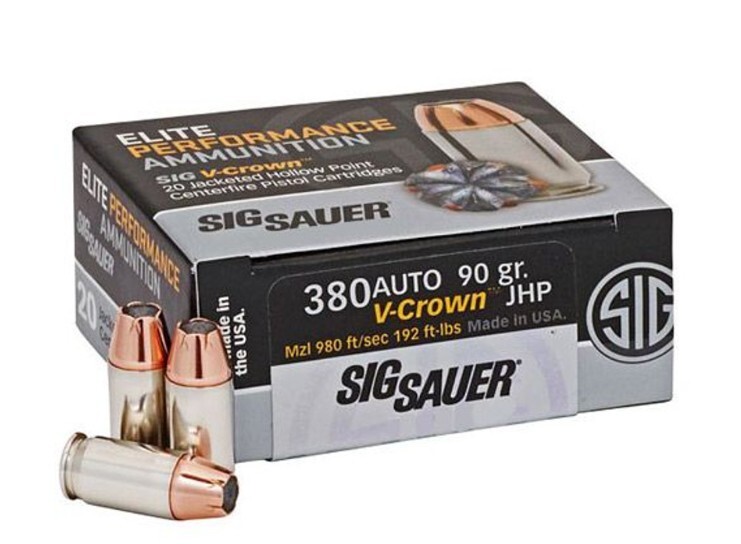
SIG's V-Crown ammo hits the sweet spot between performance and price. In testing by third-party users, this 90-grain JHP typically hovers near the 12" penetration mark and can dip slightly under heavy-clothing protocols from sub-3" barrels, with good expansion.
The expansion is impressive, with bullets opening up to around half an inch in diameter. This creates an effective wound channel without sacrificing penetration depth – a balance that's especially hard to achieve in the .380 ACP cartridge.
What makes this load stand out in the crowded .380 market is its combination of good performance with reasonable pricing. It's often easier to find than some other premium defensive loads too, which matters when you need to stock up.
Price: $18/box of 20
Specs
- Bullet: JHP (V-Crown)
- Case: Nickel-plated brass
- Bullet weight: 90 gr
- Published velocity: 980 fps
Features
- Stacked cavity profile to promote expansion
- Nickel case for smooth extraction
- Broad retail distribution
Pros
- Affordable for defensive ammo
- Excellent expansion
- Easier to find than some premium brands
Cons
- Penetration is at the minimum FBI standard
- Slightly velocity-sensitive
Speer Gold Dot 90gr GDHP – Most Consistent Defensive Ammo
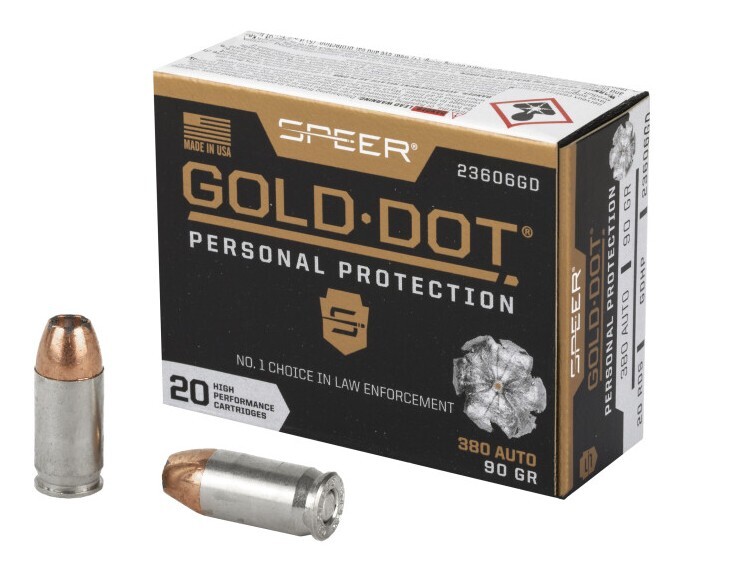
Speer Gold Dot has earned its reputation across all calibers, and the .380 ACP version continues that tradition. Their proprietary bonding process keeps the jacket and core together during expansion, which helps maintain weight and penetration.
The consistency of Gold Dot is its standout quality. When other loads might give varied results, Gold Dot delivers uniform expansion time after time. Across industry reports, user accounts, and independent ballistic data, these rounds often show about half an inch of expansion, with steady, repeatable results recorded across repeated impacts.
Penetration sometimes falls just shy of FBI ideal, especially from 2.7–3.0" barrels through heavy clothing. . But the trade-off is outstanding expansion, which many experts prefer in the .380 platform for defensive use.
Price: $26/box of 20
Specs
- Bullet: Gold Dot bonded GDHP
- Case: Nickel-plated brass
- Bullet weight: 90 gr
- Published velocity: 1040 fps
Features
- Uni-core bonded construction to retain weight
- Nickel case for slick feeding and corrosion resistance
- Proven street record across calibers
Pros
- Extremely consistent expansion
- Strong track record in duty calibers
- Smooth feeding in many micro .380s
Cons
- Higher cost than some competitors
- May be harder to find in stock
- Penetration sometimes falls just shy of FBI ideal
Hornady American Gunner 90gr XTP – Most Affordable Defense Ammo
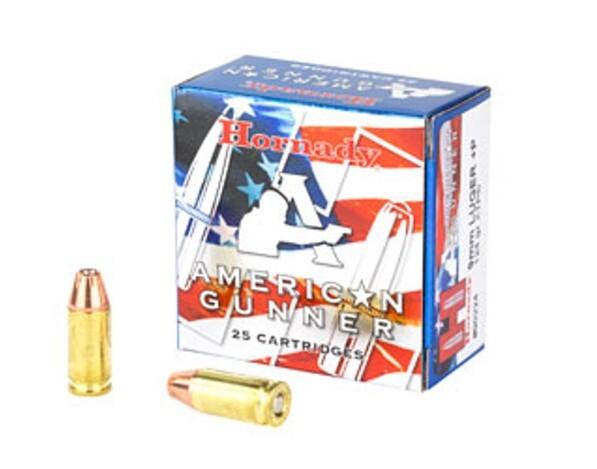
The American Gunner line from Hornady brings their proven XTP bullet to a more budget-friendly price point. The XTP (Extreme Terminal Performance) projectile is designed for controlled, moderate expansion that preserves momentum for deeper penetration—exactly why it performs well in .380 ACP.
This gradual expansion helps penetration—XTP loads are known for reliably reaching 12"+ in .380 while still expanding.
Expansion is modest but consistent; performance is less sensitive to clothing than many wide-mouth JHPs. But for the price, it offers excellent penetration and good-enough expansion to make it a solid defensive choice, especially for budget-conscious carriers.
Price: $17/box of 25
Specs
- Bullet: XTP JHP
- Case: Brass
- Bullet weight: 90 gr
- Published velocity: 1000 fps
Features
- Tapered jacket for controlled expansion
- Commonly available at major retailers
- Boxes of 25 instead of 20
Pros
- Very affordable for defensive ammo
- Good penetration performance
- Comes in 25-round boxes for better value
Cons
- Expansion can vary depending on conditions
- Not quite as consistent as premium options
Always pattern defensive loads from your pistol at your intended carry distance and confirm reliability with several magazines — for economical range loads and patterning picks see Best .380 ACP Ammo for Range Time.
Best .380 ACP for Practice & Plinking
Sellier & Bellot 92gr FMJ – Editor's Pick Range Ammo
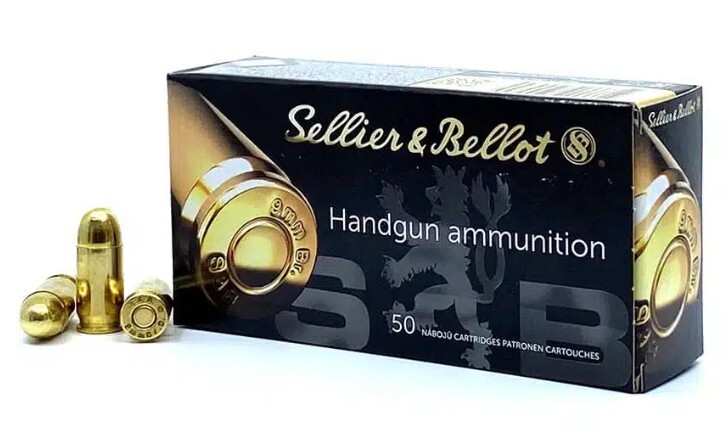
Sellier & Bellot's 92-grain FMJ hits a sweet spot for range training. This European ammunition has earned a reputation for running cleaner than many budget options, which means less buildup in your firearm between cleanings.
The accuracy from this ammo tends to be better than average for practice ammunition. That matters when you're working on your fundamentals or zeroing your sights, especially with pocket pistols that can be challenging to shoot precisely.
A small but nice bonus is that S&B packages their ammunition in smaller, more compact boxes than many competitors. This makes packing your range bag and storing your ammo stash a bit more space-efficient.
FMJ is for practice, not carry.
Price: $20/box of 50
Specs
- Bullet: FMJ
- Case: Brass
- Bullet weight: 92 gr
- Published velocity: 955 fps
Features
- European quality control standards
- Cleaner-burning propellant
- Compact packaging
Pros
- Good accuracy for range ammo
- Runs cleaner than many competitors
- Space-efficient packaging
Cons
- Slightly higher price than economy brands
- May not be available everywhere
Magtech 95gr FMJ – Best Plinking .380 Ammo
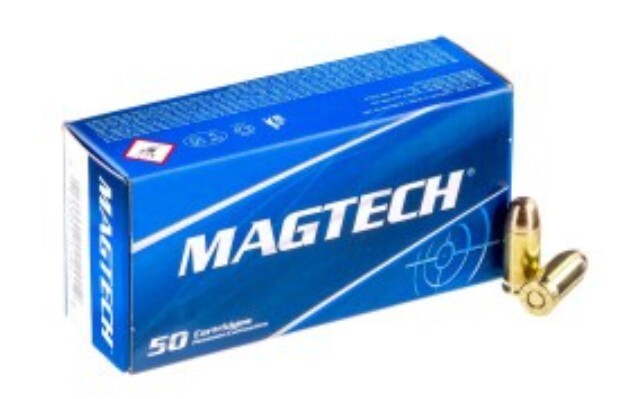
Magtech has built a solid reputation for decent performance at a reasonable price, and their .380 ACP load follows that pattern. This 95-grain FMJ feeds smoothly in most .380 pistols and delivers adequate accuracy for general practice.
The cleanliness factor sits right in the middle—not the cleanest but far from the dirtiest. You'll want to clean your gun after a reasonable number of rounds, but you won't see excessive fouling that affects function during a normal range session.
For casual shooting, plinking, or high-volume practice, Magtech offers good bang for your buck. The accuracy is sufficient for practical training at self-defense distances, and the function tends to be trustworthy across different pistol models.
Price: $18/box of 50
Specs
- Bullet: FMJ
- Case: Brass
- Bullet weight: 95 gr
- Published velocity: 951 fps
Features
- Good balance of price and performance
- Consistent quality control
- Widely available
Pros
- Affordable for high-volume shooting
- Solid accuracy for practice
- Functions well in most .380 pistols
Cons
- Moderately dirty compared to premium brands
- Not the most precise for bullseye work
Fiocchi 95gr FMJ – Easiest to Find
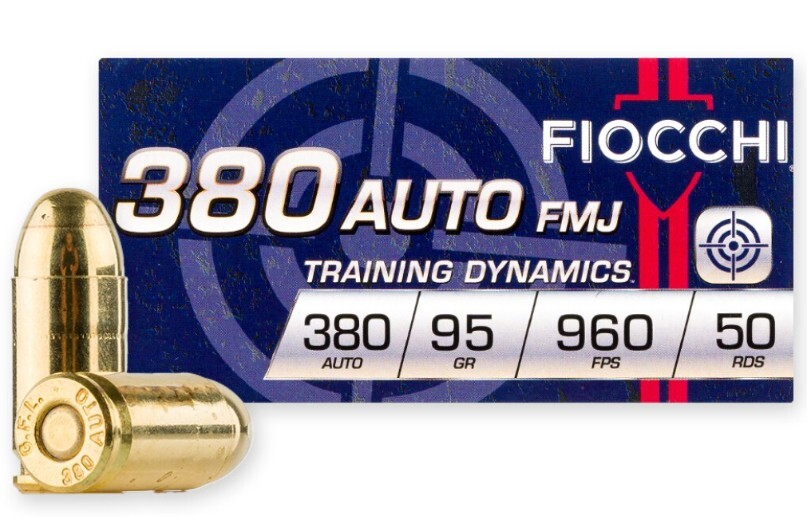
When ammunition gets scarce, Fiocchi often remains on shelves longer than other brands. Their 95-grain FMJ load is a common sight at gun shops and big box stores alike. It makes it a go-to option when other brands are sold out.
Function is generally excellent with Fiocchi—the rounds feed, fire, and eject as they should in most pistols. The main drawback is that this ammunition runs on the dirty side, with noticeable fouling after a few hundred rounds.
For extended range sessions, you might need to clean your gun mid-day if you're putting serious round counts through it. But for casual practice or occasional shooting, the availability advantage often outweighs the cleanliness disadvantage.
Price: $19/box of 50
Specs
- Bullet: FMJ
- Case: Brass
- Bullet weight: 95 gr
- Published velocity: 960 fps
Features
- Broadly distributed across retailers
- Consistent lot-to-lot quality
- Good shelf life
Pros
- Easy to find even during shortages
- Cycles well in most .380 pistols
- Decent accuracy for practice
Cons
- Runs quite dirty
- May require more frequent cleaning
PMC Bronze 90gr FMJ – Best Budget Target Ammo
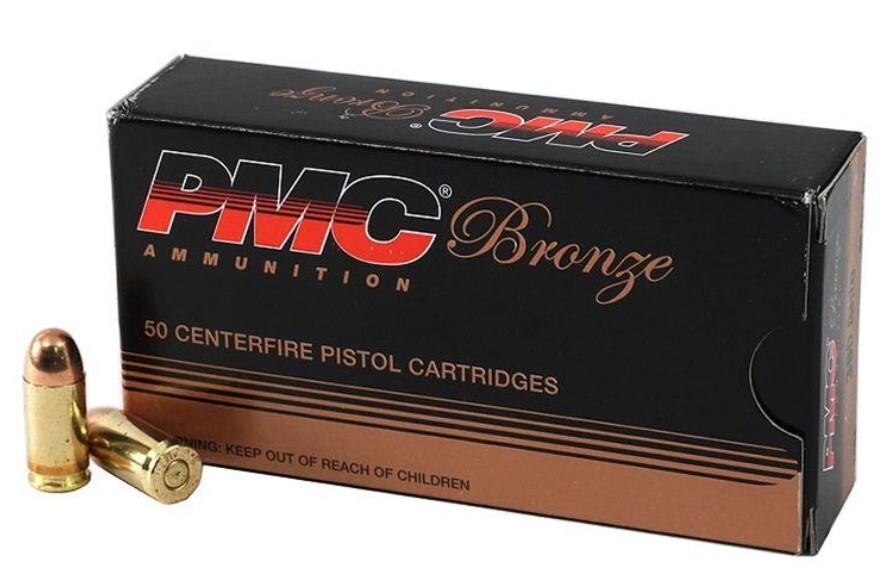
PMC Bronze has carved out a niche as the go-to budget brand that doesn't sacrifice basic quality. Their 90-grain .380 ACP load delivers good value with acceptable accuracy and function for range use.
The cleanliness level is middle-of-the-road—not as clean as premium brands but not as dirty as some budget options. You'll get through a standard range session without cleaning issues in most cases.
Availability has been a strong point for PMC even during ammo shortages. The Bronze line seems to maintain steady production and distribution. For this reason it makes it a dependable option when planning range time on a budget.
Price: $18/box of 50
Specs
- Bullet: FMJ
- Case: Brass
- Bullet weight: 90 gr
- Published velocity: 961 fps
Features
- Budget-friendly pricing
- Consistent powder charge
- Good availability
Pros
- Very affordable for regular practice
- Functions well in most pistols
- Easy to find in stock
Cons
- Average accuracy, not match-grade
- Not the cleanest burning powder
Buyer's Guide
The .380 ACP still has a strong place in carry guns—from small models like the Ruger LCP to larger options like the Beretta Cheetah, Smith & Wesson M\&P 380EZ, and Walther PK 380. The core point is simple: shot placement and smart ammo choice matter most if you want good results with this cartridge.
When choosing .380 ammo for your specific gun, keep these points in mind:
Short-barrel reality: Most .380 pistols have barrels under 3 inches. That cuts velocity compared to test-barrel numbers, so there’s less energy to drive expansion.
Penetration target: Aim for 12–18 inches in calibrated gel through clothing. Less may not reach vital organs; more can raise the risk of over-penetration.
Feed geometry: Some micro .380s can be picky. XTP often feeds very well; always run 50–100 rds of your chosen JHP to confirm.
Point-of-impact: Defensive JHP can hit in a different spot than your practice FMJ. Confirm your zero with your carry ammo.
Lot control: Buy more than one box from the same lot number for carry. That helps keep performance consistent.
Maintenance: Inspect your carry ammo often and replace it yearly. Watch for bullet setback from repeated chambering.
Test Method Notes
When you judge .380 defensive ammo, these standards help keep results clear and useful:
- Distance: 10 feet—common for close defensive use
- Barrel: 2.75–3.25 inch barrels—typical for .380 pistols
- Protocol: Several 5-shot strings through 4 layers of denim
- Metrics: Penetration depth, expansion diameter, weight retention, and velocity
- Safety: Stay within SAAMI pressure limits; the .380 ACP limit is 21,500 psi
The .380 ACP keeps growing in carry use. Manufacturers list many 85–90gr loads near 1,000 fps from 3.75–4" test barrels. Expect ~850–950 fps from 2.7–3.0" pocket guns.
Conclusion
The .380 ACP stays popular because it fits small, easy-to-carry guns. Despite their less powerful ballistic performance, these compact-sized pistols are quite suitable for self-defense. Most micro .380s carry 6–7+1, while larger models can reach 8–10 rounds.
Modern bullet work has freshened this classic round. Pick quality defensive ammo, confirm function, and train. The .380 ACP can serve well for personal protection—especially when a larger gun is not practical.

Hornady Critical Defense 380ACP 90gr Hollow Point
$25.48
at Pro Armory
Prices accurate at time of writing
Frequently Asked Questions (FAQ)
What if my pistol won’t feed any JHP reliably?
Try XTP-based loads (often feed best). If all JHPs fail, consider service/choose a different pistol.
Is .380 ACP enough for self-defense?
With modern JHP that meets the 12–18 inch standard, .380 ACP can work. Placement and reliable function matter more than the name on the case. Newer bullet designs have raised .380 performance compared to older loads.
Should I carry FMJ in .380?
No. A full metal jacket raises the risk of over-penetration and makes a smaller wound path. Pick a proven JHP that shows solid gel results and runs in your pistol.
Will a longer barrel change results?
Yes. Expect about 50–100 fps more for each extra inch of barrel. That bump can help both expansion and penetration. A 3.75-inch barrel can give very different numbers than a 2.75-inch pocket gun.
What about +P .380?
There is no SAAMI +P spec for .380 ACP. Skip ammo labeled “+P” or “overpressure,” as it may push pressures past safe limits for your firearm.
How much should I train with my defensive ammo?
Zero your pistol with at least 25 rounds of your carry load. Do most practice with FMJ to save cost, then run a magazine of carry ammo every few months to confirm function.
About the Author
This article was written by the Pro Armory writing team using current research. Sources include the Journal of Military Science, Firearms News, and the National Shooting Sports Foundation. We also used trusted guidance from official defense publications and respected firearm authorities such as the ATF, NRA, and manufacturer manuals.
Disclaimer: This information is for education only and is not legal advice. Always follow local, state, and federal laws on ammo purchase, carry, and use. Pro Armory is not liable for actions taken based on this guide. Put safety first and train with care any time you handle firearms and ammunition.




 Pro Armory Editorial Team
Pro Armory Editorial Team